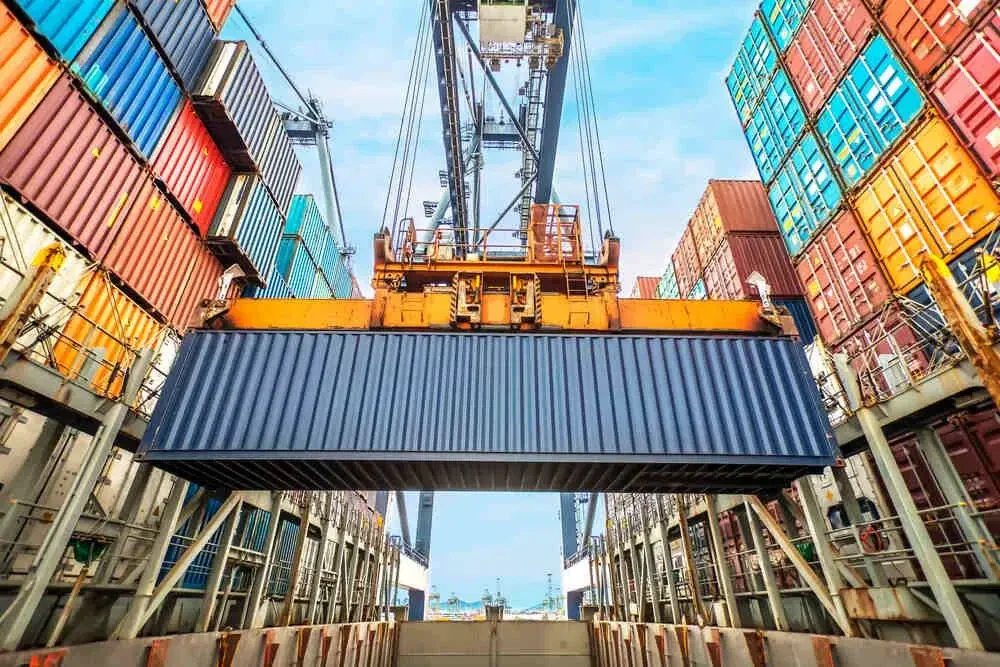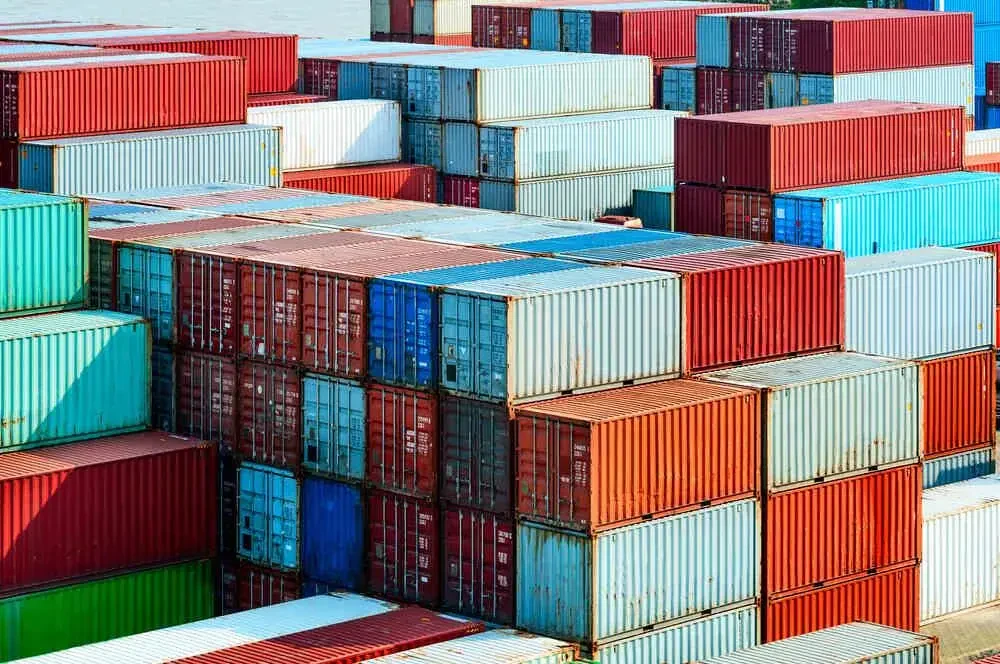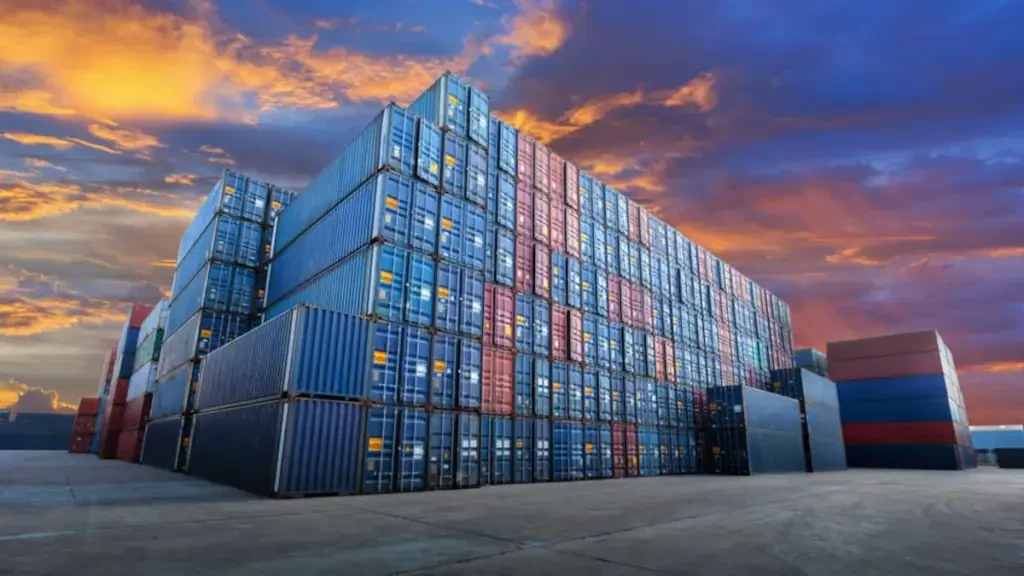Published by Chris Townsend
Last updated Nov, 12 2025

Shipping a container overseas typically ranges from $350 to $8500. This price varies based on factors such as the ports of export and import, the size and weight of the container, and the nature of the goods being shipped. On average, the transit time for shipping a container overseas spans 2 to 5 weeks.
Shipping containers have revolutionized global trade, offering standardized dimensions and the ability to carry vast quantities of goods. While they play a pivotal role in the global supply chain, understanding the costs of sending these containers overseas is crucial for businesses and individuals. Factors like container size, distance, the nature of goods, and additional services can all influence the final shipping cost.

Determining the Size of Your Shipping Container
The process of choosing an appropriate shipping container size is of significant relevance. It ensures efficient utilization of space and plays a pivotal role in eliminating extra expenditures that might occur due to process inefficiency. The size of the cargo and its shape, the need for protective packaging, and the design of the planned load are among the factors that dictate the container size selection.
Standard shipping containers usually come in two sizes, 20 feet, and 40 feet lengths, but there are more variations available. The 20-foot container, also known as a Twenty-foot Equivalent Unit (TEU), is the basic unit of measurement in many shipping and freight logistics. It's optimal for most household items and small to medium equipment.
On the other hand, the 40-foot container is ideal for businesses moving significant quantities of goods internationally or accommodating large-sized equipment. However, the choice should largely depend on the specific requirements of what is being shipped.

Factors Influencing the Cost of Sending a Container Overseas
Shipping a container overseas is a complex process that necessitates consideration of many interconnected variables to calculate the final cost. This cost isn't determined by merely factoring in the distance between the point of origin and the final destination. Varying aspects like the size and weight of the container, the nature of goods being shipped, and seasonal fluctuations in freight costs all significantly contribute to the total cost assessment.
Additionally, port fees both at the shipping and receiving points, as well as customs and duties, directly influence the charges to be borne by the shipper. Importantly, the changing rates of fuel, better known as the bunker adjustment factor, is another key determinant. Lastly, the cost can be impacted by specific shipment requests, such as the need for refrigeration or any extra services pertaining to security, insurance, or even express delivery. So, merely calculating the distance traveled doesn't suffice in determining the overall shipping expense.

Frequently Asked Questions
The cost of sending a container overseas is primarily influenced by the size and weight of the container, the distance it needs to travel, and the shipping method used. Other factors include the nature of the goods being shipped, any special handling requirements, customs duties and fees, insurance costs, and any additional services that may be required, such as packing or unpacking the container.
Yes, the size and weight of the shipping container significantly impact the cost of shipping. Larger and heavier containers require more resources to transport, leading to higher costs. Therefore, choosing the most appropriate size for your shipment is essential to optimize costs.
The longer the shipping distance, the higher the cost. This is because longer distances require more fuel and time, and there's a greater risk of damage or loss. Therefore, shipping to closer destinations tends to be cheaper.
Customs duties and fees are charges levied by the government on imported goods. The amount can vary greatly depending on the type and value of goods and the importing country's regulations. The shipper typically bears these costs and adds to the total shipping cost.
Different shipping methods, such as sea, air, or rail, have varying costs. Sea freight is typically the cheapest option but also the slowest. Air freight is faster but more expensive. Your choice of shipping method will depend on your budget and timeline.
Yes, the nature of the shipped goods can significantly influence the cost. For example, shipping hazardous materials or perishable goods requires special handling and may incur additional costs.
Several factors can lead to higher-than-expected costs when shipping a container internationally. Common reasons include additional customs duties or taxes in the destination country, oversized or overweight shipments, last-minute changes to the shipping schedule, fuel surcharges, and extra fees for port handling or storage. Proper planning, accurate documentation, and working with an experienced international mover can help minimize these unexpected expenses.


